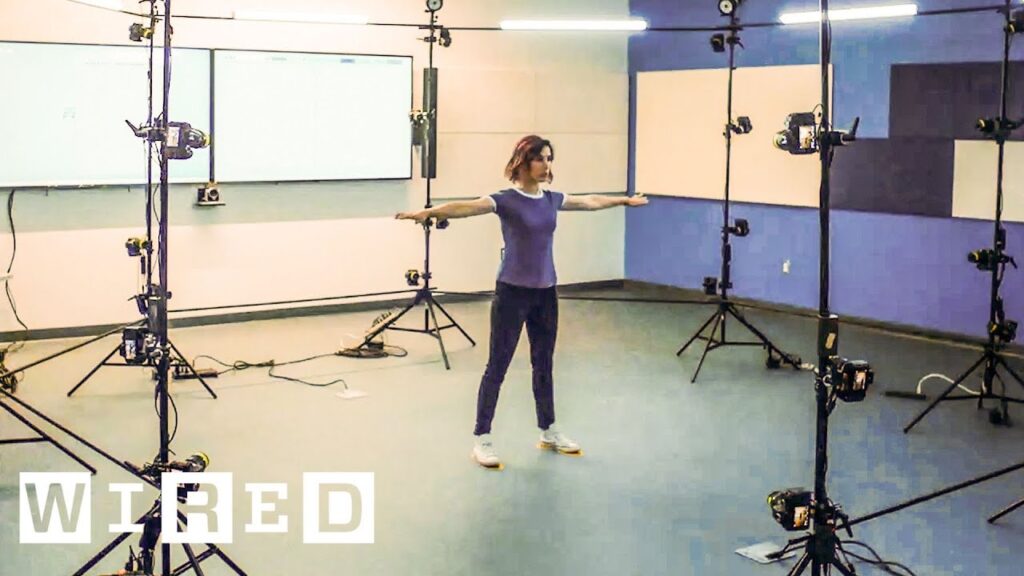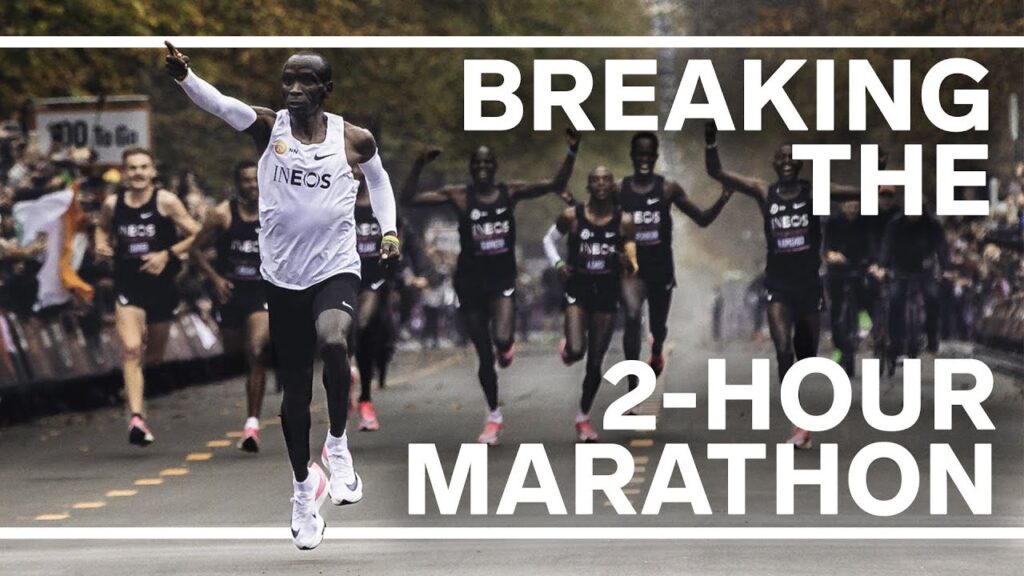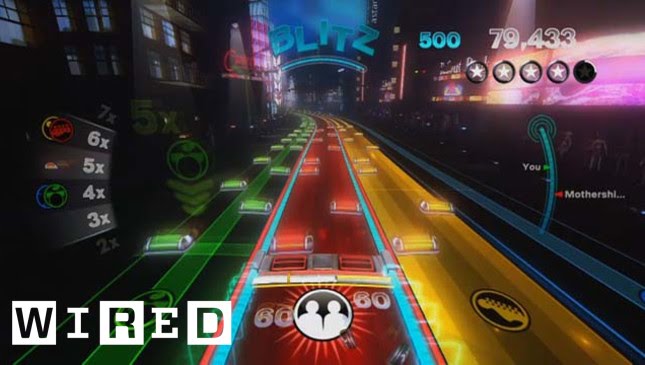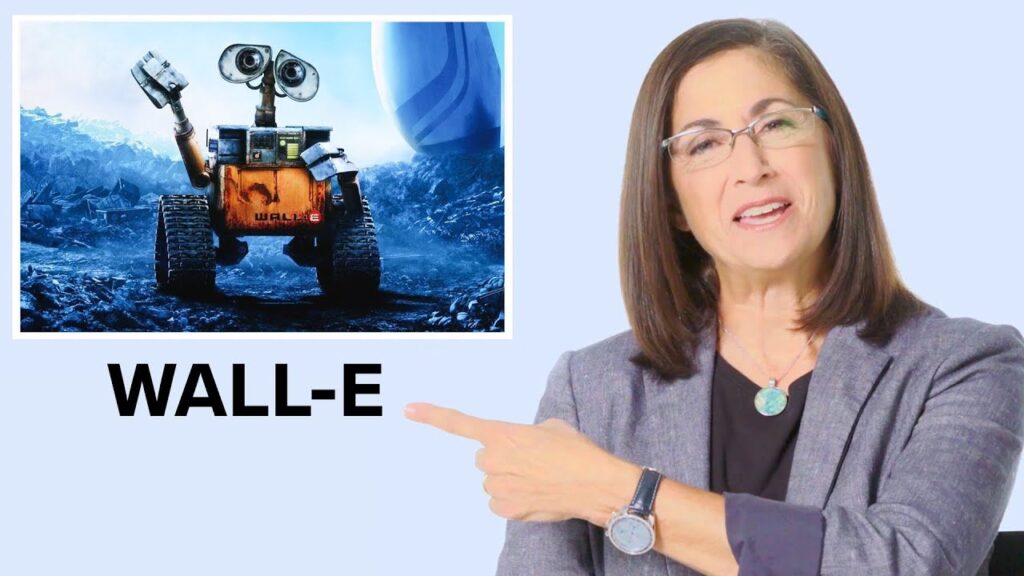Hyper-Realistic Masks: Fooling People and Misleading Investigations
Summary
In this article, we discuss the increasing use of hyper-realistic masks to deceive people in real life, including committing crimes. A study has shown that people have difficulty identifying these masks and that they break the connection between facial appearance and identity. The article also highlights how these masks are being used in criminal activities to conceal identity, and the need to improve detection of mask misuse. The article concludes by questioning whether humans have gaps in their ability to perceive faces and whether some individuals are naturally better at face recognition tasks.
Table of Contents
- Hyper-Realistic Masks: A Growing Concern
- The Geezer Bandit: A Case Study
- Detecting Mask Misuse
- The Limits of Human Perception
Hyper-Realistic Masks: A Growing Concern
Hyper-realistic masks are becoming increasingly common, and a recent study showed that people have a hard time identifying them, even when given unlimited time. Psychologist Rob Jenkin conducted experiments to understand how these masks are fooling people. The study found that these masks break the connection between facial appearance and identity, and people are not paying enough attention to facial cues. Humans rely on facial cues to understand each other’s mental states, and these masks are making it difficult to do so.
The Geezer Bandit: A Case Study
The Geezer Bandit gained online fame for a string of bank robberies in the US, and he was initially believed to be in his 70s or 80s based on CCTV footage. However, during his final job, he ran off so quickly that people started to question whether he was really that age or if he was wearing a mask. This highlights the disconnect between facial appearance and physical ability, which could be exploited to improve detection of mask misuse for criminal activities. Other cues such as apparent age and conflicting messages could be used to identify mismatches.
Detecting Mask Misuse
Hyper-realistic masks have been around for a while, with craftsmen in the Hollywood special effects industry developing the techniques. However, the price has been coming down, making them more widely available. While humans may not be good at detecting these masks, computers could potentially use other parts of the light spectrum such as thermal signatures to differentiate between a real face and a masked face made of silicone. This could be useful in detecting mask misuse for criminal activities.
The Limits of Human Perception
The speaker questions whether humans have gaps in their ability to perceive faces and whether some individuals are naturally better at face recognition tasks. The article concludes by thanking the audience for showing their real face, but questions whether it is truly their real face. This highlights the growing concern about the use of hyper-realistic masks and the need to improve detection methods to prevent their misuse.
Conclusion
Hyper-realistic masks are becoming a growing concern, and people are having a hard time identifying them. They break the connection between facial appearance and identity, making it difficult for humans to rely on facial cues to understand each other’s mental states. The article highlights the need to improve detection methods to prevent their misuse, and the potential use of thermal signatures to differentiate between a real face and a masked face made of silicone.






